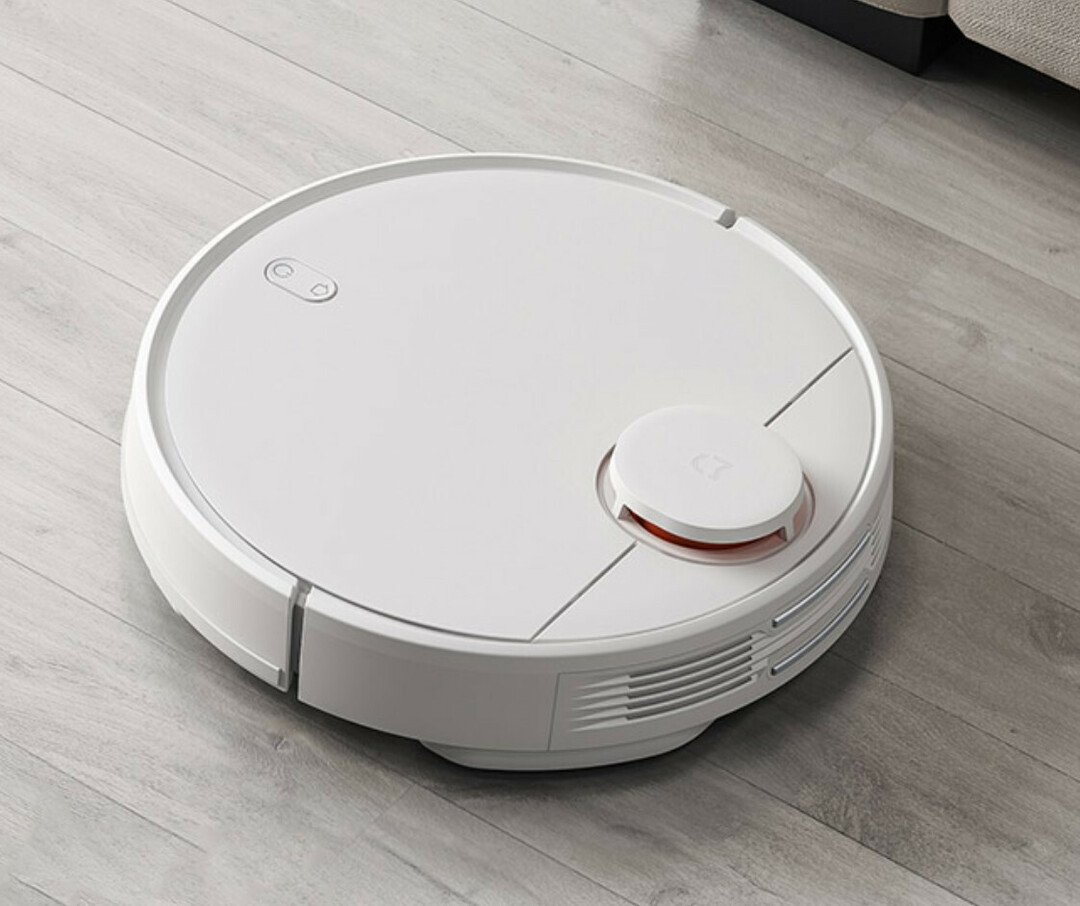Centrifugal pumps - a variety of pumps, devices for pumping water / gas. Centrifugal pumps are one of the most popular types of pumps. Due to their high efficiency, they are used in areas such as agriculture, water supply, food processing, heating and manufacturing. Centrifugal pumps supply water to a house / apartment, they are used for heating with a coolant, organize irrigation of the household, and drain basements. They are also used by public utilities and first responders. With the help of centrifugal pumps pump water from wells, wells, sources.
In this article, we will understand how a centrifugal pump works, what is the principle of operation of centrifugal pumps, the classification and types of centrifugal pumps, their characteristics.
The content of the article
- Design, device and features of a centrifugal pump
- The principle of operation of a centrifugal pump
- Types of centrifugal pumps. Characteristics of different types of centrifugal pump
- Characteristics of surface and submersible centrifugal pumps
Design, device and features of a centrifugal pump

A standard centrifugal pump consists of:
- Corps
- electric motor/motor
- Vala
- Units with bearings
- sealant
- Impeller
- blades
- Pipe for fluid intake
- Liquid outlet
The body of a centrifugal pump is shaped like a snail. The motor is covered with a protective casing for tightness and safety - it protects the working mechanism from dust and moisture. The shaft connects the motor to the impeller. Vanes are installed on the wheel, which move and push the gas / liquid out of the working chamber. The bladed wheel resembles an ordinary fan. Bearings are located between the shaft and the wheel - they are needed to facilitate rotation. The seal is needed to protect the internal elements of the pump.
The latest models are equipped with a check valve, a filter for primary water treatment, vacuum gauges, pressure gauges, regulators, locking mechanisms.
The principle of operation of a centrifugal pump
The operation of such pumps is based on centrifugal force. The process of pumping water is as follows:
Water enters the system through the water intake pipe. The intake pipe itself is parallel to the center of the impeller. When the working area is completely filled, the electric motor turns on. It rotates a shaft, which in turn rotates a wheel with blades. The blades move water, creating centrifugal force and overpressure. Because of this, the source water is sucked out of the pipe, and exits the outlet pipe with increased pressure, pressure.
Types of centrifugal pumps. Characteristics of different types of centrifugal pump

There are many types of centrifugal pumps depending on various factors. Structurally, there are:
- Single stage. Single impeller, low outlet water pressure. Used for small household needs, in systems with low pressure or to pump thick liquid.
- Multistage. Two or more paddle discs that push water out with more pressure and force than single stage discs.
By type of installation, centrifugal pumps are:
- Horizontal.
- Vertical.
Number of nozzles for water intake:
- One.
- Some.
By pressure and power, the following models are distinguished:
- With low pressure / power - maintain pressure up to and including two atmospheres.
- With medium pressure / power - from two to six atmospheres.
- With high pressure / power - over six atmospheres.
According to the speed of rotation of the blades:
- Silent equipment.
- Medium speed.
- High speed.
Centrifugal pumps can also be distinguished by the material from which the casing is made:
- Steel. Classical models are used in everyday life, in production, in industrial areas, for water supply.
- Cast iron. They are used in the same place as steel ones, but are less common. Designed to work under harsh conditions - low / negative temperatures, high humidity, dusty air.
- Copper (from copper alloys). household models.
- Ceramic. Apply to work with chemically active elements/substances.
Classification of centrifugal pumps by production method:
- Casting finished molds.
- Stamping of assembled elements.
- Riveting.
The first two types of pumps withstand high pressure, so they are used in industry / production, central heating systems.
Varieties of pumps by blades:
- Smooth.
- Curved (they are bent behind the side of rotation or in the opposite direction).
By appointment, centrifugal pumps are distinguished:
- Classic, pumping liquids.
- Sewer.
- Drainage.
- Pumping water from wells / sources.
Characteristics of surface and submersible centrifugal pumps
Surface models are placed above the ground - on the ground near a reservoir, reservoir, well, borehole or other water container. superficial the location has its advantages - they are easy to install and repair. Among the shortcomings - low power and performance, in comparison with submersible units, pull liquid from a depth of up to 10 meters, often break when running dry.
Submersibledevices installed inside the source - in a well, a well, a reservoir, a reservoir. The device is fixed with a cable, for which the pump clings and is pulled out if necessary. Submersible pumps are tighter, more reliable and better assembled. They are distinguished by high power and performance - they pump water from a depth of up to 30 meters, they give out water under high pressure with a maximum head of 60 meters. The disadvantage of submersible centrifugal pumps is that they are difficult to repair, they can not be installed everywhere.


